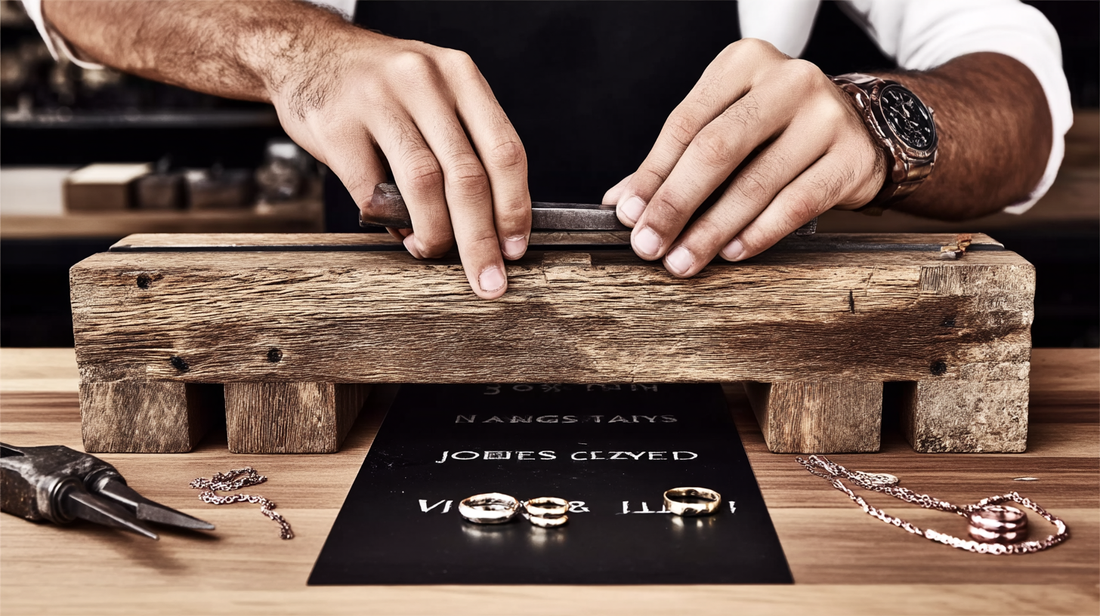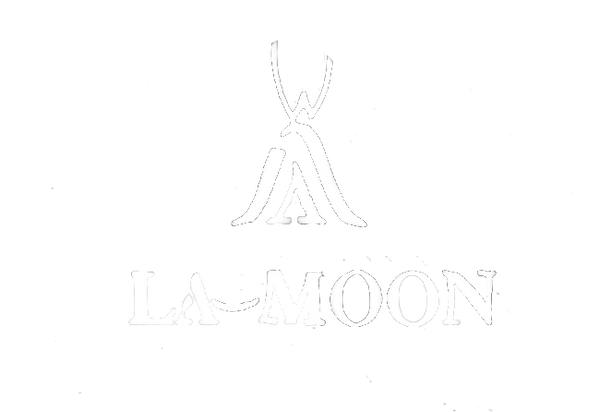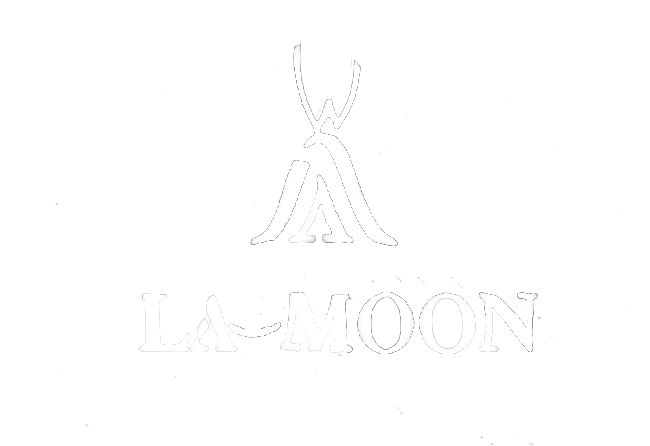
The Quiet Power of Handcrafted Jewelry
Share
Why the pieces made by human hands feel different—on your skin, in your story, and in the world.
If you’ve ever slipped on a ring that just feels right—balanced, warm, alive—you’ve already met the magic of handcrafted jewelry. In a market awash with fast fashion and mass-cast replicas, artisan-made pieces are a quiet rebellion: slower, more intentional, and infinitely more personal. This post explores what “handcrafted” really means, how it’s made, why it lasts, and how to shop with confidence. Along the way you’ll find simple visuals you can use (with captions/alt text) and a short video storyboard you can shoot on a phone.
What “Handcrafted” Really Means
Handcrafted jewelry is designed, formed, finished, and quality-checked by a maker or small studio. Tools are involved—saws, files, torches, rolling mills, 3D printers for prototyping—but hands do the sensitive work: measuring, setting, soldering, finishing. Even when a wax model is cast, artisans still clean, true, and finish each piece individually. That’s why two pieces from the same design never feel exactly identical; each carries microscopic traces of the person who made it.
Mass-produced jewelry, by contrast, relies on high-volume casting, machine polishing, and outsourced finishing. It’s not “bad”—it’s just built to ship in tens of thousands, which shapes every design decision: weight, thickness, plating, settings, and the speed of assembly.
Why it matters: the more human the process, the more control over metal thickness, stone security, balance, and repairability—factors you feel in comfort and longevity.
The Making: From Idea to Heirloom
1) Design & proportion
An artisan begins with a sketch or CAD study. They test proportions on paper, resin, or wax to see how light moves across edges and if the piece sits comfortably against the body. Small details—how a pendant’s bail swivels, the angle of a ring’s gallery—prevent snagging and fatigue.
2) Forming the metal
Silver, gold, and platinum are melted and poured, or rolled into sheet/wire and forged. Bending and annealing (softening with heat) create a strong grain structure. This is why handmade bands feel “springy” rather than stiff-brittle.
3) Soldering & assembly
Joints are fitted tightly before solder ever touches them. Less gap means stronger joins and cleaner lines. A well-made jump ring is flush-cut and hard-soldered closed; you won’t see daylight through it.
4) Stone setting
Whether it’s prong, bezel, pavé, or channel, a real setter burnishes metal around the stone rather than relying on glue. Under magnification you’ll see crisp seats and even pressure—not rough burrs or gaps.
5) Finishing
Hand sanding moves through grits; edges are eased for comfort; textures are carved, hammered, or brushed. Oxidized (blackened) recesses are protected by careful polishing that lifts the highs while preserving shadow.
6) Inspection
Makers check ring roundness, chain tension, clasp action, prong tightness, hallmark legibility, and overall balance. A piece shouldn’t rattle or click when you move—it should feel solid yet supple.
Why Choose Handcrafted?
1) Comfort that lasts
Artisans shape inner curves and weight distribution so pieces sit naturally. A 7–8 mm band with a comfort-fit interior, for example, wears like a narrower ring because the edges are eased. Cuffs open sideways rather than being pried apart, reducing metal fatigue.
2) Better materials, inside and out
Handmade studios typically use solid metals (sterling silver, 10/14/18K gold, platinum) and set stones mechanically. Many value traceable gems and recycled metals. Because they’re not racing to cut pennies per unit, they’ll choose thicker shanks and sturdier clasps.
3) Repairable and upgradeable
Need a size tweak, re-oxidizing, or to swap a stone later? A human-made piece is designed to be serviced by—humans. Mass-plated items often can’t be resized or repaired without revealing a different base metal beneath.
4) Story & connection
You can often meet the maker (or at least read their notes), see the bench, and learn why a motif exists. That story turns jewelry from an accessory into a marker of memory—celebration, resilience, travel, love.
5) Ethics & sustainability
Smaller footprints. Responsible sourcing. Less overproduction. Many studios run scrap-recycling loops: every filing is saved and refined back into usable metal.
6) Real value over time
Handcrafted jewelry retains value through metal content, serviceability, and originality. Scarcity (limited runs, maker signatures) adds long-tail desirability that mass items rarely achieve.

